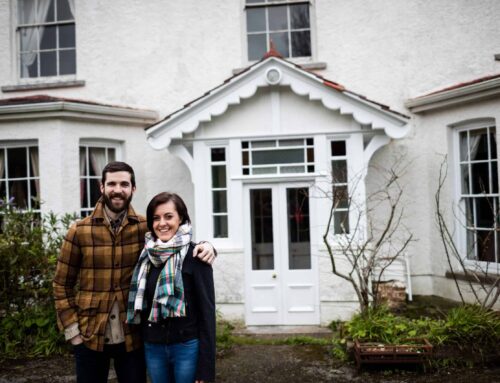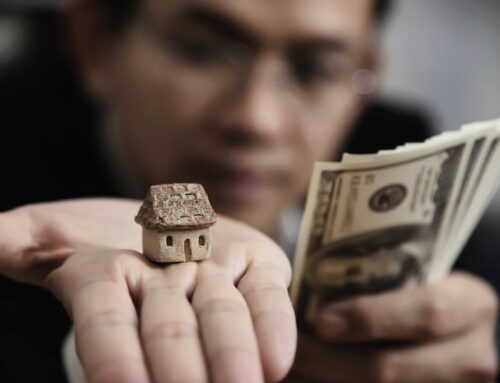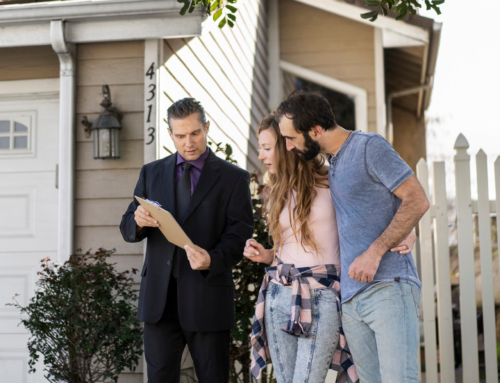Sustainable Building Practices: A Key to Fire Resilience in San Francisco
The Growing Need for Fire-Resilient Buildings
San Francisco together with other areas of California experiences growing fire threats from climate change alongside droughts and growing settlements. Building sustainability stands as a critical necessity to defend communities from intensifying fire threats.
Sustainable materials and innovative construction techniques not only enhance energy efficiency but also play a vital role in reducing fire hazards.
Fire-Resistant Sustainable Materials
Traditional building materials such as wood and synthetic composites can be highly flammable, exacerbating fire risks. However, modern sustainable materials provide an eco-friendly alternative while improving fire resilience. Some of the most effective fire-resistant materials include:
- Cross-Laminated Timber (CLT): While wood is typically combustible, CLT is engineered to provide greater fire resistance due to its thick, self-insulating layers that char rather than ignite.
- Rammed Earth: Made from compacted soil, rammed earth structures are highly fire-resistant and offer excellent thermal mass for energy efficiency.
- Hempcrete: A mixture of hemp fibers, lime, and water, hempcrete is non-toxic, lightweight, and naturally resistant to fire.
- Recycled Steel and Concrete: These materials are inherently fire-resistant, reducing the spread of flames while also being sustainable and durable.
- Intumescent Coatings: Applied to surfaces, these coatings expand when exposed to high temperatures, forming a protective barrier that slows the spread of fire.
Sustainable Building Design for Fire Prevention
Beyond material choices, the way buildings are designed plays a critical role in fire prevention and resilience. Sustainable design features that help minimize fire risk include:
- Defensible Space Planning: Creating buffer zones around buildings with non-combustible landscaping and fire-resistant plants helps prevent fire from spreading to structures.
- Smart Ventilation Systems: Ember-resistant vents and automatic air circulation systems can prevent flames and smoke from entering buildings.
- Rainwater Harvesting Systems: Stored water can be used for fire suppression, reducing dependence on municipal water supplies during emergencies.
- Green Roofs and Walls: These systems can serve as natural firebreaks while improving insulation and reducing urban heat island effects.
- Passive Fire Protection Measures: Fire-rated walls, sprinkler systems, and compartmentalization strategies help contain fires and protect occupants.
Policy and Community Initiatives
The City of San Francisco implements sustainability through multiple policies that combine stringent building regulations with financial benefits for green materials and fire-resistant urban design principles. Programs meant to educate the community about sustainable building practices remain essential for promoting those practices.
Development companies and house owners respond favorably to incentives which include tax credits with additional benefits including grants and rebates that promote fire-resistant sustainable construction methods. The region achieves better fire disaster resilience through coordinated efforts between officials who manage cities, builders and eco-focused organizations.
Conclusion
The growing fire threats in San Francisco create a strong need for sustainable building practices which strengthen fire defense capabilities while serving environmental purposes. The city will achieve fire safety alongside sustainability by implementing fire-resistant building supplies along with smart planning strategies and local government regulation. These strategies function beyond structural defense because they protect human lives while delivering enduring climatic resistance.



